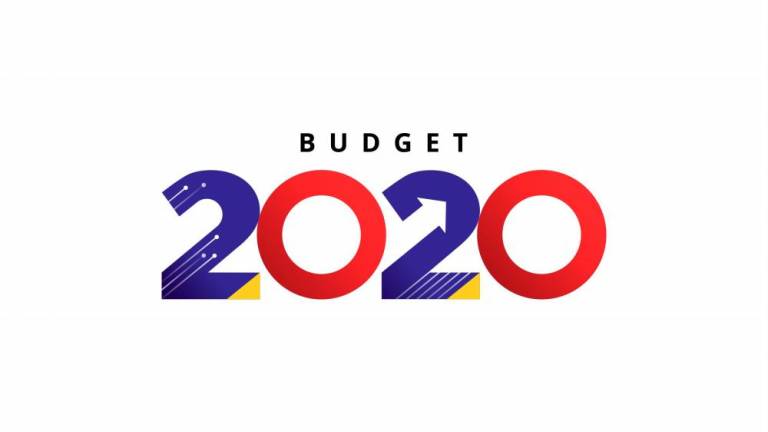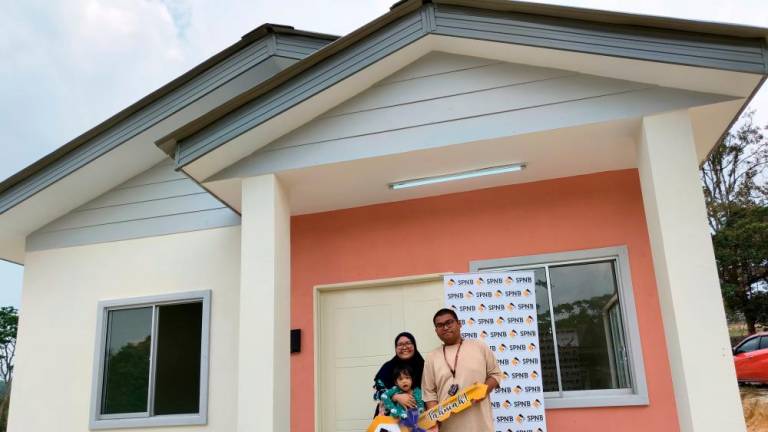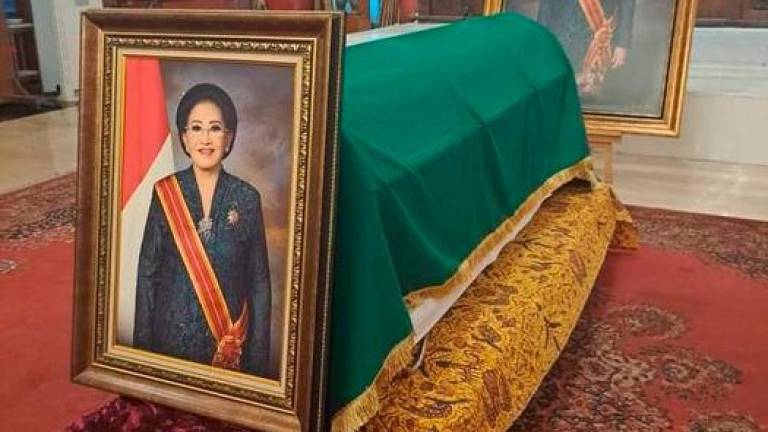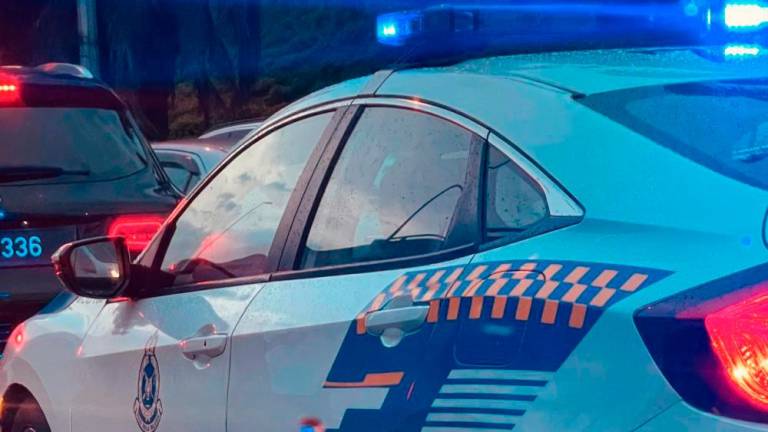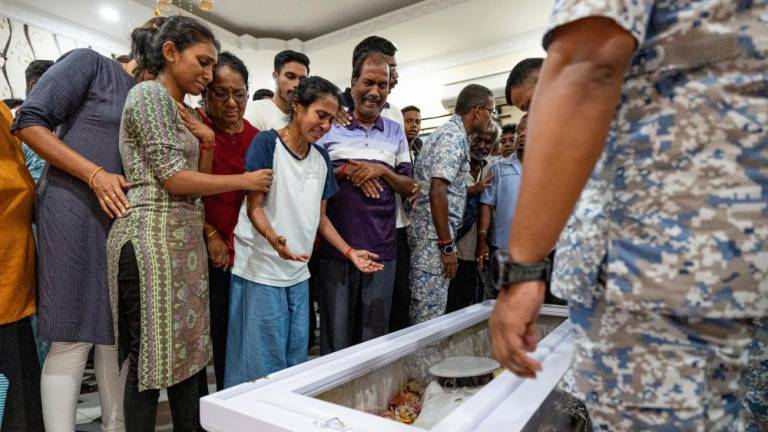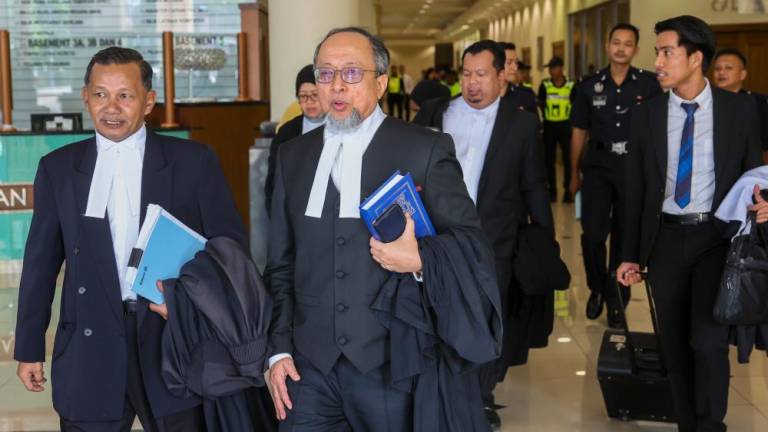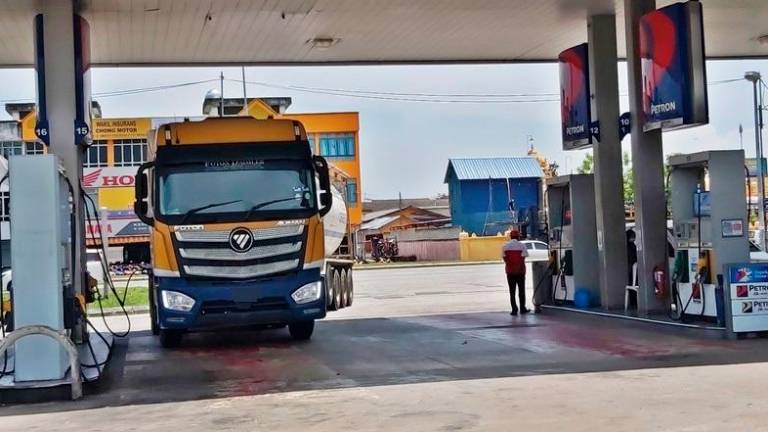KUALA LUMPUR: A total of RM297 billion or 18.4% of the GDP will be allocated for Budget 2020, out of which 81.1% or RM241 billion is for operating expenditure (OE) while the balance of RM56 billion is for development expenditure (DE).
In its Fiscal Outlook and Federal Government Revenue Estimates 2020 report released today, the Ministry of Finance (MoF) said out of the total, 37.9% has been allocated for programmes and projects under the social sector, followed by economic (16.2%), security (11.3%), and general administration (7.5%) sectors.
The balance of 27.1% is allocated for charged expenditure and transfer payments.
The top three recipients are the Ministry of Education, MoF and Ministry of Health with an estimated allocation of RM64.1 billion, RM37.8 billion and RM30.6 billion, respectively, constituting 44.6% of total expenditure.
The MoF said the government will channel its allocation to strengthen capital formation towards ensuring long-term growth sustainability.
“In this regard, an additional injection of 0.2% of GDP is allocated through DE to accelerate the implementation of projects with strategic and high-multiplier impact such as construction of railways, roads, upgrading schools, clinics as well as improving the suburban broadband infrastructure,“ it said.
The OE allocation for 2020 is an increase of 7% from the RM225.3 billion allocation in 2019 after excluding a one-off tax refund allocation of RM37 billion. The bulk of the OE is channelled to emoluments, supplies and services, debt services charges, retirement charges as well as subsidies and social assistance.
The government will also continue to provide Bantuan Sara Hidup assistance amounting to RM5 billion in 2020 aimed at easing financial burden of the recipients.
The debt service charges on the Federal Government’s debt is expected to register RM34.9 billion.
“Out of the total, 97.7% is allocated for payments of coupons on domestic debt, particularly Malaysian Government Securities and Malaysian Government Investment Issues, while the balance is for offshore loans,” it said.
It added that allocations are also provided for rationalisation plans for the Federal Land Development Authority and Lembaga Tabung Haji as well as higher debt servicing commitment of SRC International Sdn Bhd.
Under the DE, the allocation will be channelled towards promoting economic development, bridging urban-rural infrastructure gap and enhancing the living standards of the people.
The report also noted that the economic sector will receive RM31 billion (2019: RM28.8 billion) in line with the efforts to enhance productivity and competitiveness of the economy.
“The transport subsector remains the largest beneficiary constituting 21.8% or RM12.2 billion of the total DE,” it said.
Among the key projects are the Mass Rapid Transit 2, Klang Valley Double Track project and Pan Borneo Highway; expansion of airports in Sandakan and Kota Baru, as well as maintenance and upgrading of roads, bridges, ports, and railways.
As for the social sector, expenditure is estimated at RM15.1 billion, with RM7.9 billion set aside for education and training subsector which includes rebuilding dilapidated schools nationwide as well as refurbishment and improving school infrastructure.
The health subsector will receive RM2.9 billion with the allocation mainly for building, upgrading and maintaining hospitals and clinics as well as procurement of medical equipment.
“Major ongoing projects under the subsector include the construction of Kemaman Hospital and pathology laboratories at Sultanah Aminah Hospital, expansion of Segamat Hospital and upgrading of Kajang Hospital,” the report said.
The security sector comprising defence and internal security, will be allocated RM6.6 billion out of the total DE, whereby RM3.2 billion will be distributed to the defence subsector and RM3.4 billion for the internal security subsector.
“The expenditure is mainly for developing integrated network services, strengthening the civil defence, upgrading military and security equipment, as well as improving surveillance and enforcement,” it added. - Bernama



